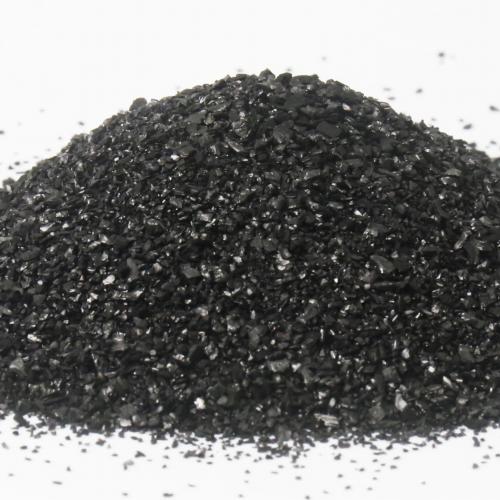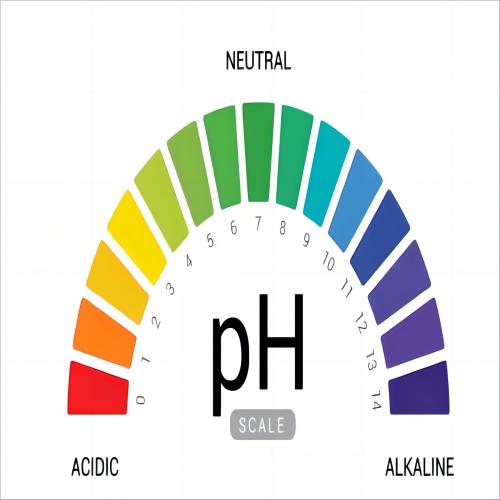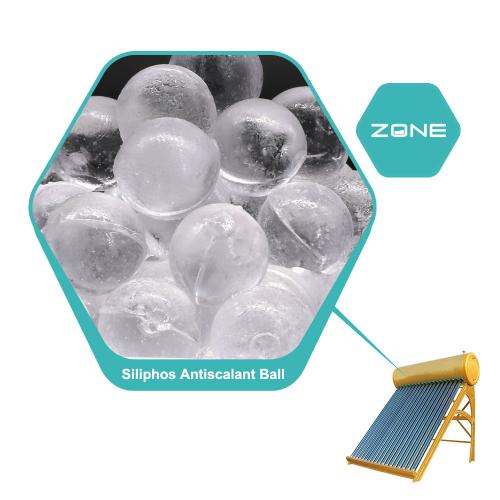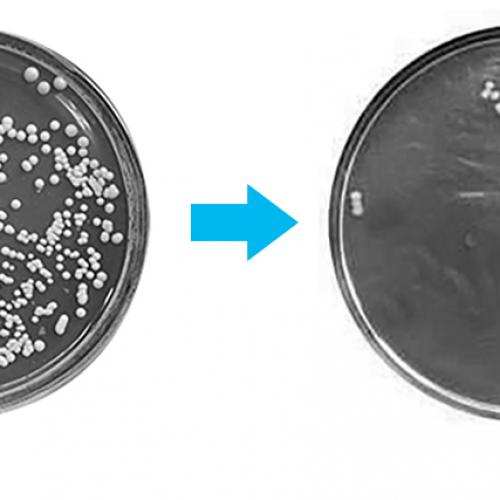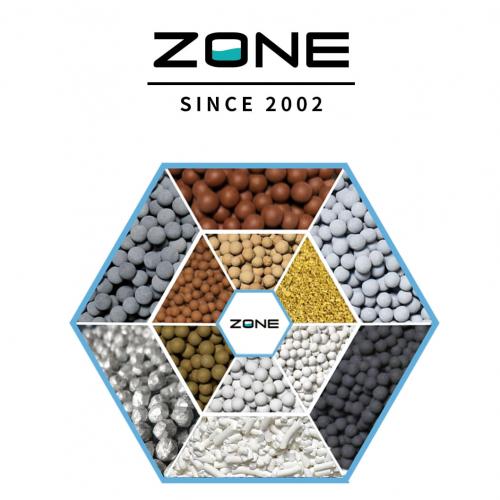Three minutes to Learn about hydrogen-rich spheres and ORP negative potential materials
Update time: 23-02-09 Views: 1343
Three minutes to Learn about hydrogen-rich spheres and orp negative potential materials
By Zhao from Onlyzone,a manufacturer of water treatment bio ceramic ball filter media in China.
Three minutes will take you to know hydrogen-rich balls and orp negative potential materials. The following will introduce you to hydrogen-rich spheres and ORP negative potential materials through composition, hydrogen production principles and functions.
1. What is the main component of hydrogen-rich water ceramic balls?
① Substrate part: tourmaline, maifan medical stone
②Antibacterial part: Antibacterial type material
③Functional parts: materials that can perform micro-electrolysis, materials that activate water
The hydrogen-rich tablet uses 18 kinds of natural ores such as tourmaline tourmaline, medical stone, and volcanic stone to be crushed into ultrafine powder materials, and then various alloying elements such as magnesium alloy and zinc alloy are blended into it, and mixed and pressed into a film. It is then baked at a low temperature.
2. The principle of hydrogen production of hydrogen-rich spheres?
Hydrogen-rich water porcelain is rich in alloy elements, which can produce OH- and H+ by natural micro-electrolysis of water. Hydrogen ions combine with hydrogen ions to form hydrogen gas, which dissolves in water to form hydrogen-rich water.
3. Five functions of hydrogen-rich balls
1. Manufacture of hydrogen-rich water: Hydrogen-rich water porcelain can micro-electrolyze water to form hydrogen ions and hydroxide ions. After hydrogen ions combine to form hydrogen gas, and dissolve in water to form hydrogen-rich water.
2. Manufacture of negative potential water: The mineral material used to manufacture hydrogen-rich water porcelain itself contains a variety of metal ions with different potential values. Under the joint action, the water has a low or negative redox potential, and becomes a strong penetrating ability, Negative potential water with high solvency.
3. Manufacture of small molecular cluster water: It can decompose ordinary large molecular cluster water (more than 10 water molecules) into molecular clusters with only 5-6 water molecules, which can easily enter cells.
4. Make weakly alkaline water
5. Make mineral water
